7 Latest Hair Transplant Technology in 2024
Hair transplant technology has come a long way, offering new and advanced ways to help people who have thinning or lost hair. In 2024, there are exciting methods that make hair restoration easier and more effective. These modern techniques use special tools and machines to ensure the process is quick and causes less discomfort. With these latest hair transplant technology advancements, more individuals can regain their confidence and achieve a natural-looking head of hair.
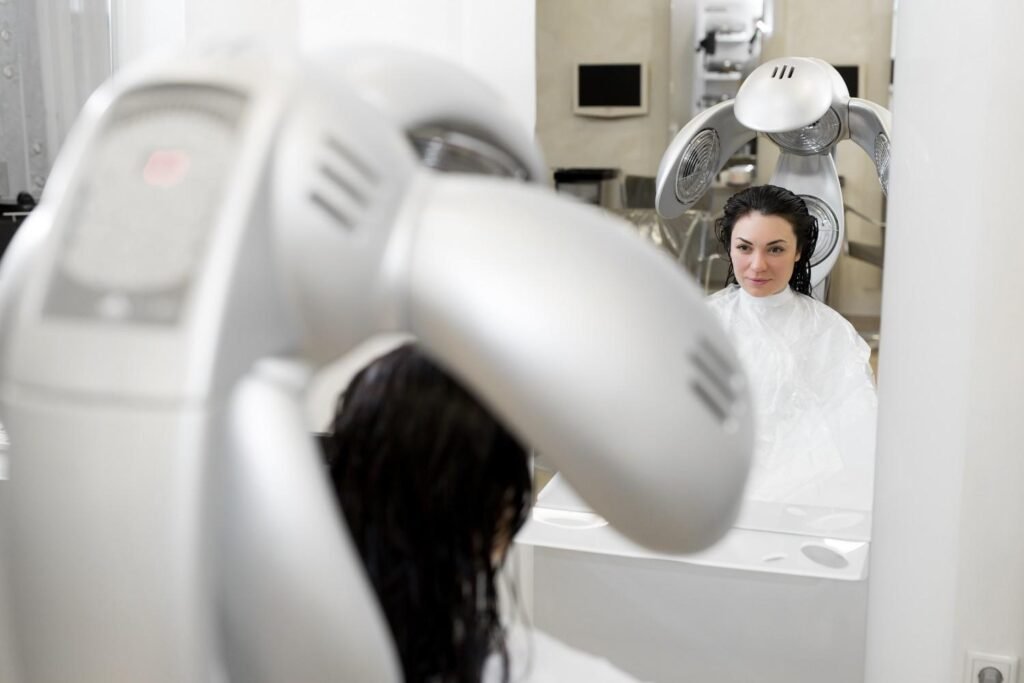
1. Robotic Hair Transplantation
Robotic is the latest hair transplant technology, like the ARTAS iX, which is changing how we restore hair by providing great accuracy and efficiency. These high-tech tools help people with hair loss by ensuring less scarring and faster recovery times.
How It Works
- The robot uses special imaging technology to look at the scalp.
- It finds the best donor hairs to take.
- The robot carefully removes the chosen hair follicles.
- It places the follicles back in, making the transplant better.
- This method improves results for patients.
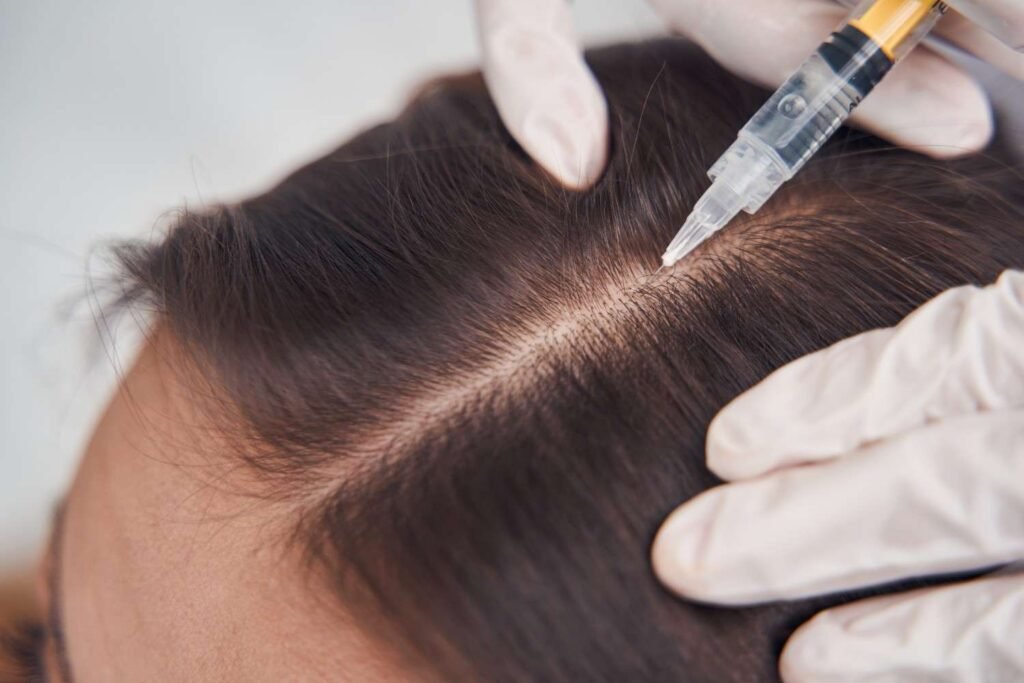
2. Stem Cell Hair Restoration
Stem cell therapy is changing hair restoration by offering a natural way to grow hair without traditional transplants. This clever method uses the patient’s own cells to help hair grow back, leading to fuller and healthier hair.
How It Works
- Take stem cells from the patient’s fat tissue.
- Inject the stem cells into the scalp.
- The stem cells help grow hair follicles.
- This process encourages natural hair growth.
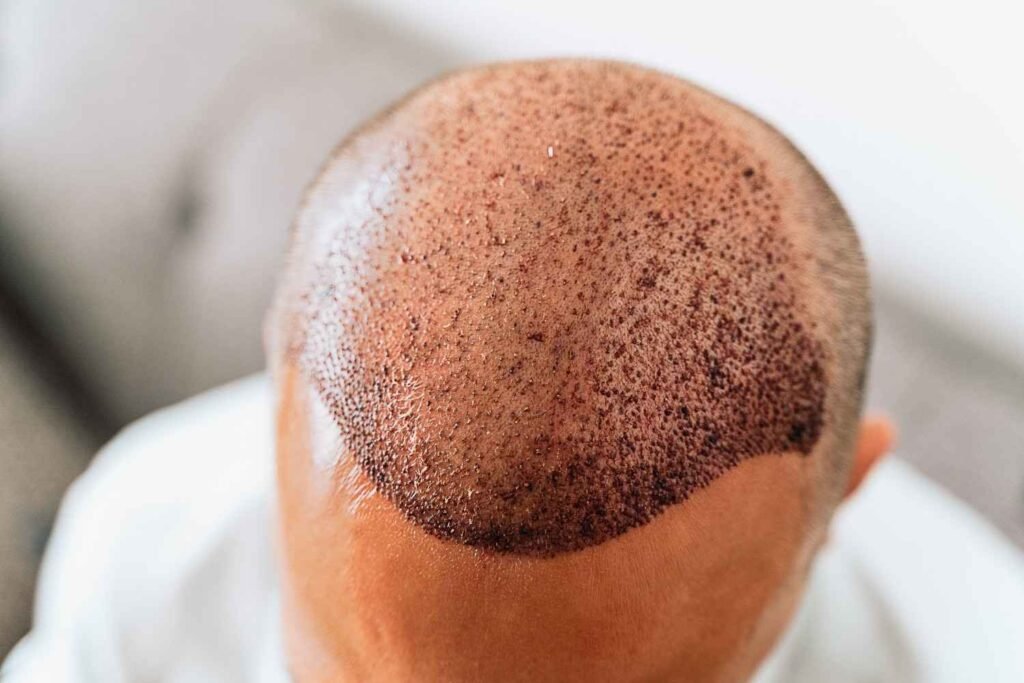
3. FUE Hair Transplant
Follicular Unit Extraction (FUE) is a popular method for restoring hair because it is less invasive and gives natural-looking results.
How It Works
- Hair follicles are taken from the back or sides of the scalp and prepared for planting.
- Small cuts are made in the area where the hair will go, and the follicles are placed in the same direction as natural hair growth.
- Patients feel little discomfort and can quickly go back to their regular activities, with results showing up over a few months for a fuller, younger look.
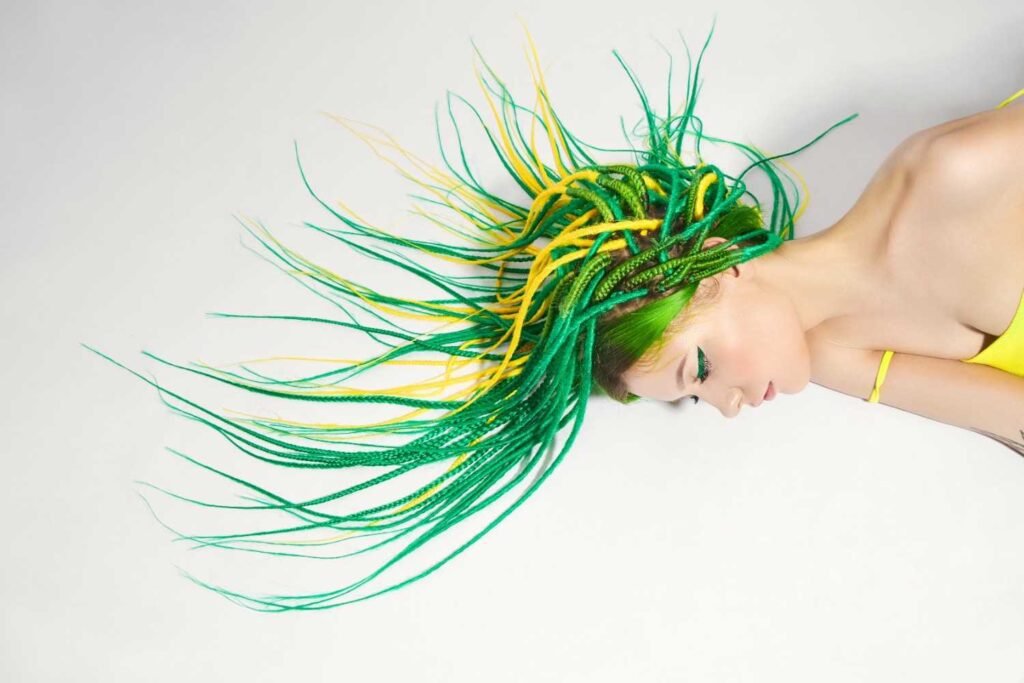
4. 3D-Printed Hair Follicles
Using the latest 3D printing hair transplant technology offers a new way to create synthetic hair follicles that look like real ones. This advancement provides a helpful option for people with little donor hair.
How It Works
- Researchers use advanced 3D printing to make fake hair follicles.
- These follicles are placed into the scalp.
- This method gives a more effective and customized choice for hair restoration.
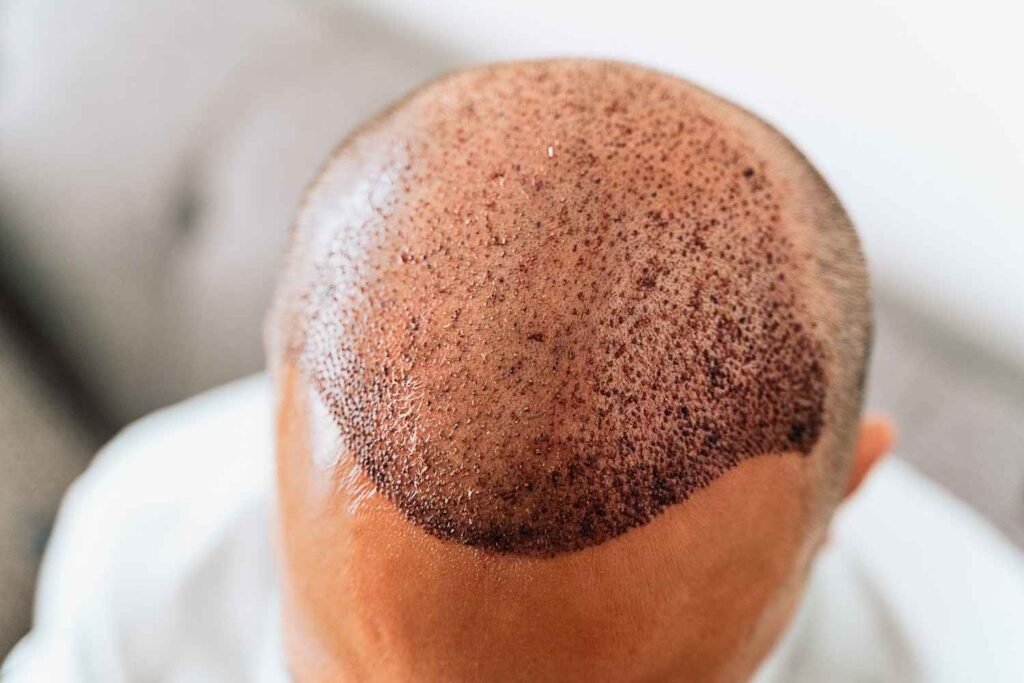
5. DHI Hair Transplant
DHI (Direct Hair Implantation) is the latest hair transplant technology that allows for the precise implantation of hair follicles. This technique not only promotes hair growth but also enhances scalp health and elasticity.
How It Works
- Hair follicles are taken from a donor site.
- Using a specialized tool, follicles are directly implanted into the scalp.
- This method ensures natural-looking results and encourages optimal hair growth.
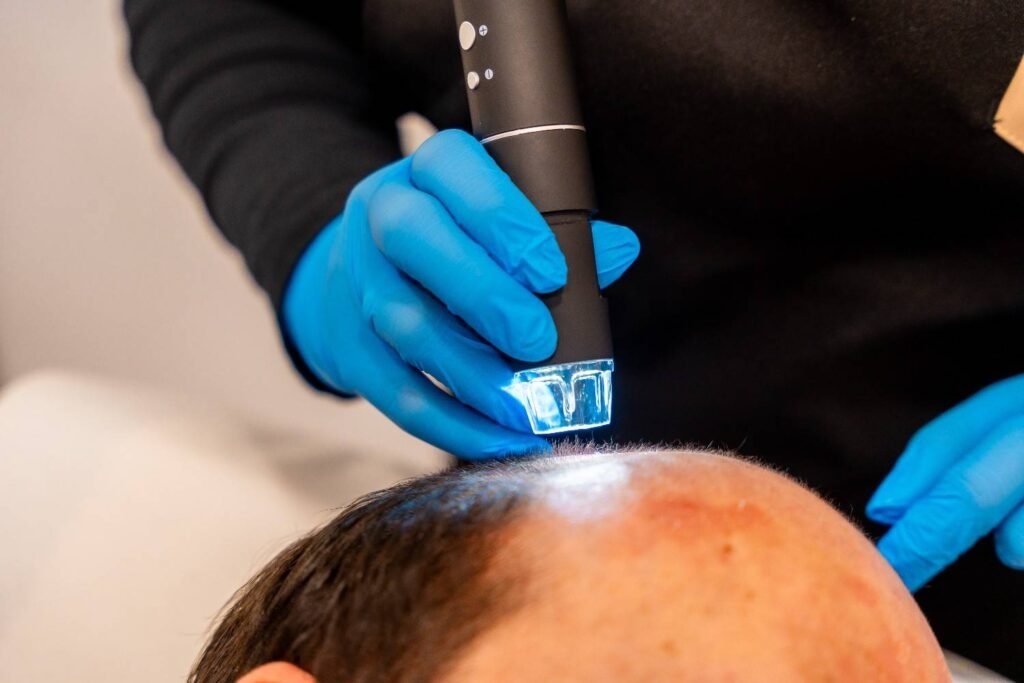
6. Laser-Assisted Hair Transplants
Laser technology makes hair transplants more accurate and effective. Low-level laser therapy (LLLT) is used to boost blood flow to the scalp, which helps hair grow and causes less damage.
How It Works
- LLLT is applied before the hair transplant.
- Lasers create spots for new hair during the procedure.
- LLLT is applied again after the transplant.
- This leads to quicker recovery.

7. Bioengineered Hair Follicles
Bioengineering is changing hair restoration by making new hair follicles in the lab. These lab-grown follicles, made from human cells and other materials, are a hopeful solution for people with serious hair loss or not enough donor hair.
How It Works
- Scientists grow new hair follicles in the lab.
- Hair follicles are inserted into the scalp.
- This process may help restore hair growth for those who need it.
ALSO READ: 10 Best Tattoo Removal Technology in 2024
Which Hair Transplant Technology is better, FUE or Dhi?
| Feature | FUE Hair Transplant | DHI Hair Transplant |
| Method | Takes hair from the back and moves it to bald spots. | Directly puts hair follicles into the scalp. |
| Tools Used | Uses tiny tools to extract hair follicles. | Uses a special tool for direct implantation. |
| Scarring | Leaves small scars in the donor area. | Minimal to no visible scarring. |
| Recovery Time | Quick recovery, but might take a little longer. | Generally has a faster recovery. |
| Result Quality | Produces good results with proper care. | Often gives a more natural look. |
| Hair Growth Speed | Hair grows back in a few months. | Hair can grow back faster due to the method. |
| Ideal For | Best for those needing larger areas filled. | Great for those wanting precision and detail. |
Both FUE and DHI techniques are good, but DHI is often chosen for a more natural look and quicker recovery time, while FUE works better for bigger areas. The choice depends on what you like and your hair loss needs.
Is the Latest Hair Transplant Technology Guaranteed to Be 100% Successful?
While the latest hair transplant technology has made these procedures look better and work well, there’s no guarantee that it will work perfectly for everyone.
Success depends on different factors, like the person’s hair type, age, health, and how well they follow care instructions before and after the procedure.
Although the newest methods, like robotic transplants and special hair follicles, show great promise, results can be different for each person.
Patients need to talk to skilled professionals who can give personalized advice and help set realistic expectations based on their situation.

Best Age for a Hair Transplant
The best age for a hair transplant usually begins in the mid-20s, as hair loss patterns are clearer by then. However, people with a lot of hair loss at a younger age may want to talk to someone sooner.
It is important to have realistic expectations because continuing hair loss can change how well the transplant works.
Talking with a trained hair restoration expert can help figure out the right time based on personal needs and goals.
ALSO READ: Latest Technology News and Updates in the World 2024
Conclusion
In 2024, the latest hair transplant technology has improved a lot, giving people new and effective ways to restore their hair. Methods like stem cell therapy and bioengineered hair follicles use the body’s own cells to help grow hair that looks natural. Techniques like DHI and FUE focus on being precise, making sure the hair looks real and grows well. New tools, like 3D printing, can create fake hair that matches real hair. Laser-assisted transplants help people recover faster and feel less pain. However, how well these methods work can be different for each person, so it’s important to talk to experts. Overall, these new techniques offer hope for anyone dealing with hair loss. With the right choice and care, many people can get the look they want and feel more confident.
FAQs
1. How long do hair transplant results last?
Hair transplant results can remain effective for an extended period. Many people enjoy their new hair for a lifetime if the procedure is done correctly and they follow the care instructions afterward. However, natural hair loss may still happen after the surgery, which can change how the overall look appears.
2. Is the hair transplant procedure painful?
Most people say they feel very little pain during the hair transplant because of better ways to numb the area. Any pain afterward can usually be managed with regular pain relief medicine from the store.
3. Can women undergo hair transplants?
Yes, women can have hair transplants too. The options depend on why they are losing hair, and talking to a good expert can help find the best choice.
4. Will I need multiple hair transplant sessions?
Whether you need more than one session depends on your personal goals and how much hair you have lost. Some people may get the hair thickness they want in just one session, while others might need extra sessions to get even better results.
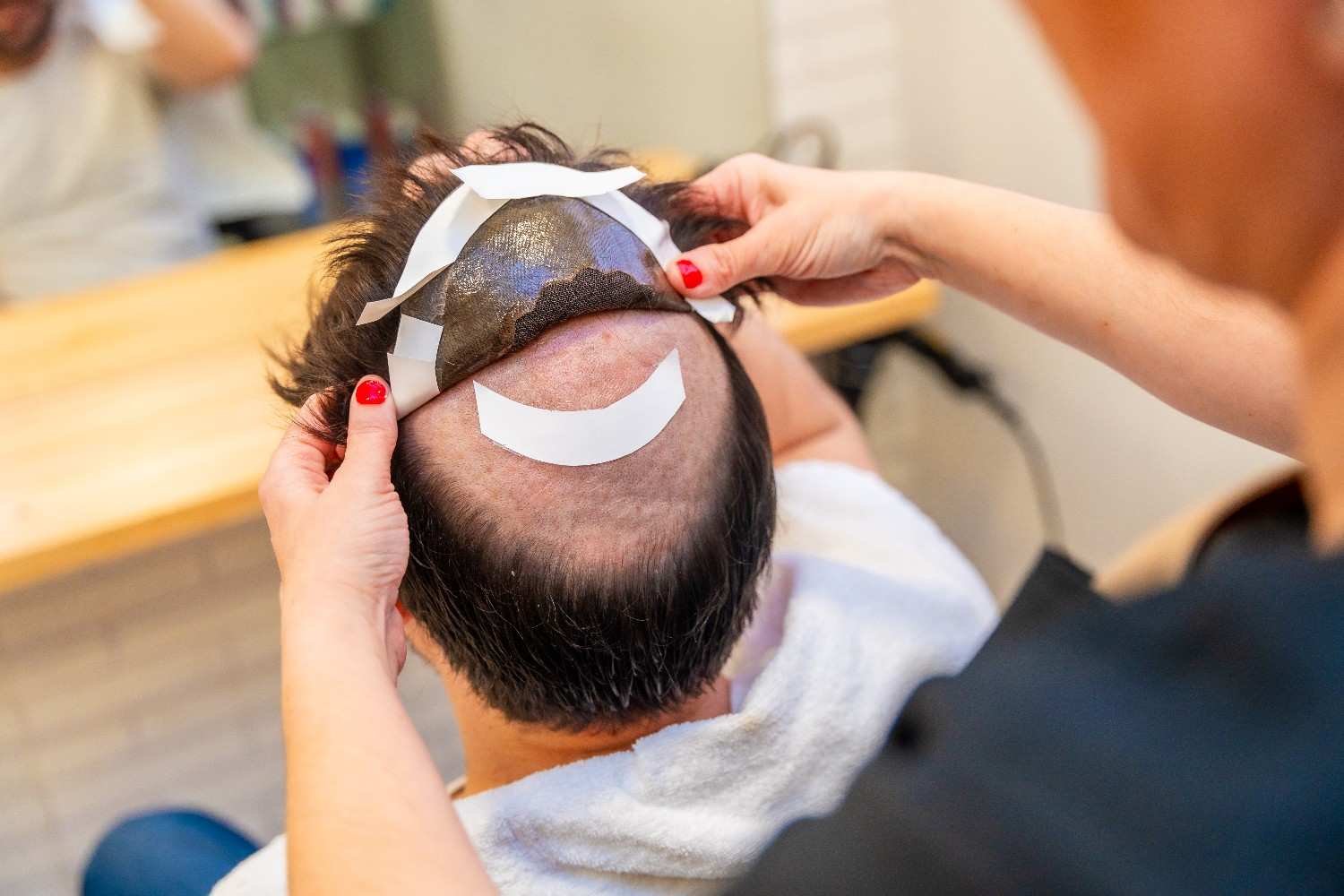



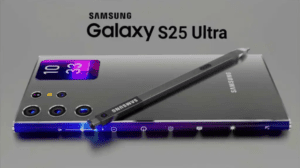









Post Comment